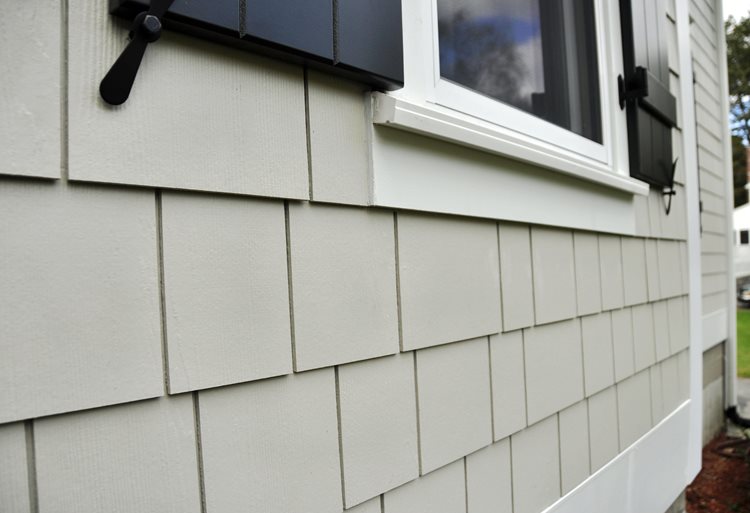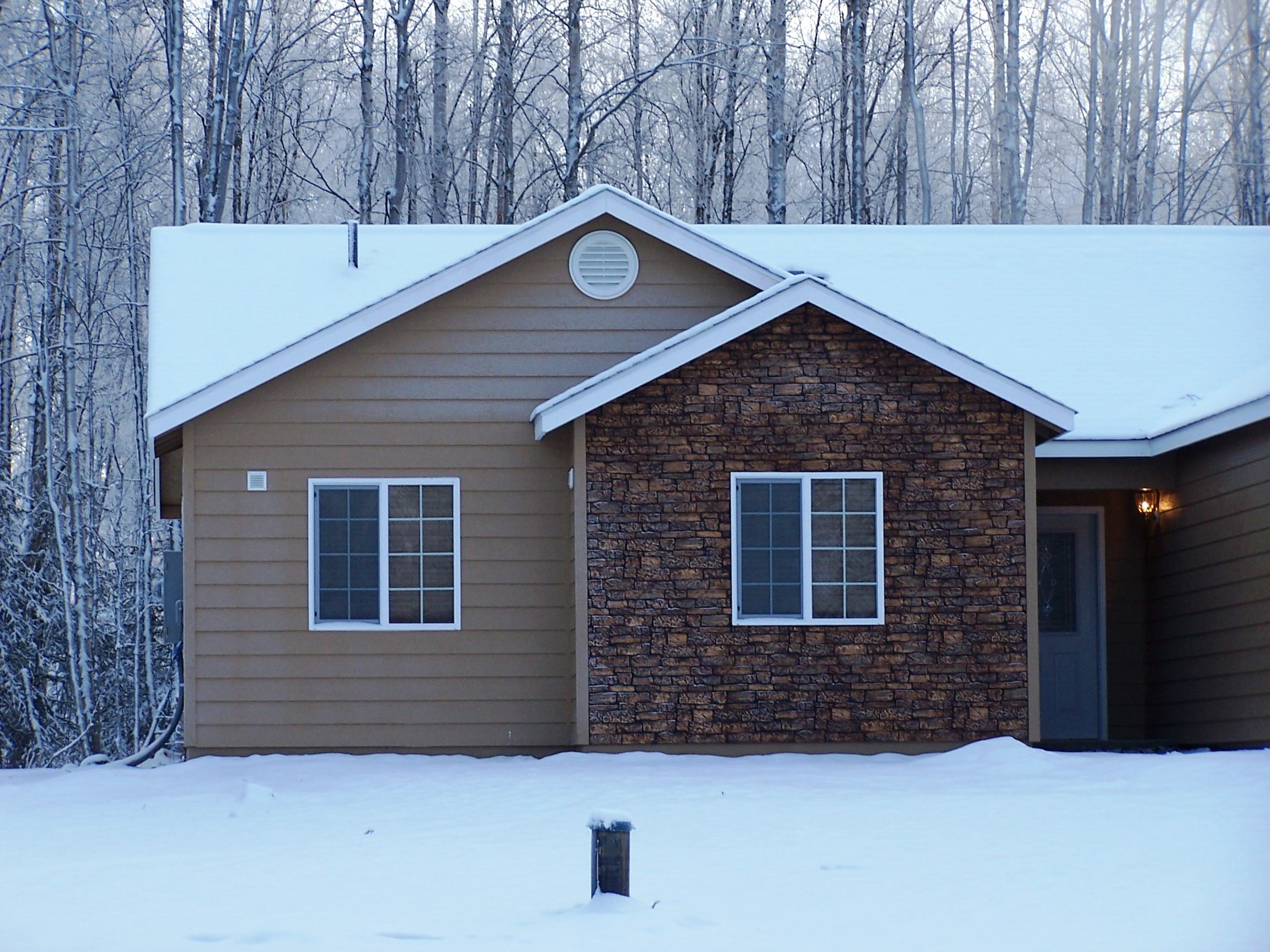
The Winter months can be brutal for your home’s siding. Winter maintenance is not only essential to keep your home looking beautiful, but it also protects against costly repairs and replacements in the future. Even if you don’t live in a cold-weather climate, winter will affect your siding with moisture buildup from rain or snow. This blog article has ten Winter Maintenance Tips for Siding that will help keep your house safe this winter and years to come.
Vinyl Siding Maintenance Tips for Winter
Vinyl siding is one of the most popular forms of siding. There are some special considerations for winterizing your home with vinyl siding that you may not have been aware of! Here’s how to make sure your Vinyl Siding reaches maximum lifespan.
Don’t install vinyl siding in below-freezing temperatures. Due to freezing and hot months, this can cause the siding to contract or expand, resulting in cracks, breaks, chips, dents, and other issues. It is best to install your Vinyl Siding during more temperate weather when very hot or cold temperatures aren’t affected too much.
Some manufacturers will void a warranty if vinyl siding is painted, so it’s best to avoid painting your new siding! It also may be vital for you and the contractor to determine what kind of paint should be used on the exterior side of Vinyl Siding and between the Vinyl Siding boards, as certain paints can eat away at the siding over time.
In winter and during colder months, it’s vital to cover up vinyl siding if you’ll be doing projects around the exterior of your house. The last thing that you want is for paint or caulk to clog any openings between panels, which will cause your siding to leak, warp and lose its seal.

Wood Siding Care
On the other hand, Wood siding entails a greater level of upkeep compared to vinyl siding. Winter is particularly difficult for wood siding maintenance because it becomes wet from rain and requires insulation against dampness. Here are two tips that will help keep your house safe this winter!
Water is the enemy of wood siding so watch out for signs of rot, especially if you live in an area that receives a lot of rain or snow. Peeling paint is also usually indicative of wood rot, so address these concerns as soon as possible.

Fiber Cement Siding Upkeep
Although fiber cement siding is weather-resistant, it still needs some upkeep. Follow these winterizing instructions for the best results. When it comes to painting fiber cement siding, it’s all about the prep work. Make sure you paint your fiber cement siding regularly, but if you don’t see any indications of fading, you can skip it. Before starting the project, make sure the temperature is above 50 degrees Fahrenheit.
Check for chaulking as well, since water damage may occur if it’s not double-checked. Check caulking on windows, doors, and roofs for deterioration or fissures that need to be repaired.
Hold off on major renovations, as they will make your home vulnerable to the elements. If you need some repairs done, make sure to schedule them for the right time of year. If you have any questions about maintaining your siding or want some advice on how to winterize, contact a home improvement professional at Semper Fi Exteriors today!



